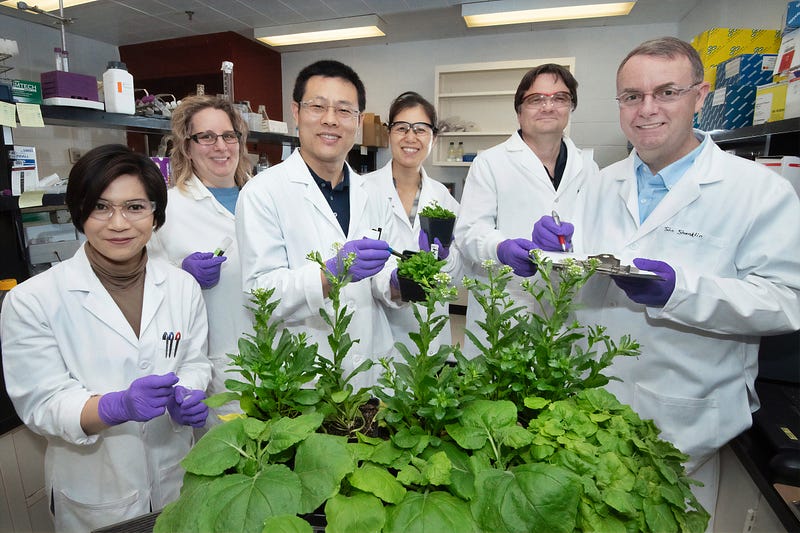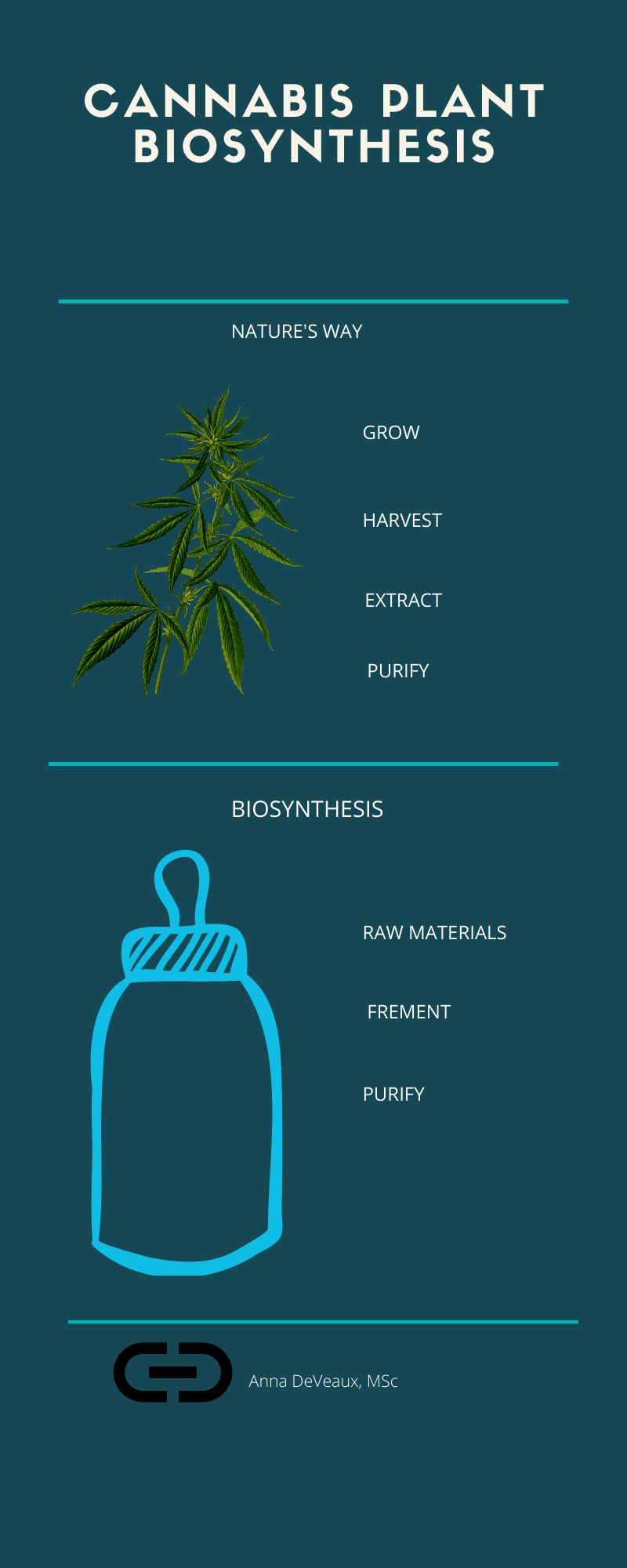Innovative Biosynthetic Approaches to Cannabis Production
Written on
Chapter 1: Understanding Biosynthetic Cannabis
The therapeutic properties of cannabis are now being harnessed through innovative biosynthetic methods. Researchers, including plant genome specialists Dr. Facchini and Dr. Hagel, have dedicated nearly a decade to unraveling how certain plants synthesize medicinal compounds. Plants, as nature's own chemists, have the remarkable ability to produce drugs; for instance, aspirin was derived from the willow tree's bark. However, not every plant possesses the genetic blueprint necessary to create therapeutic substances. The opium poppy, for example, is unique in its capacity to produce morphine and codeine. By executing the genetic instructions encoded in these plants within a laboratory setting, it is possible to manufacture drugs that are more affordable, of higher purity, and produced with a reduced ecological footprint.
For perspective, cultivating one ton of Cannabinoid Oil (CBD) requires around one hundred acres of land using traditional agricultural methods. In contrast, utilizing biosynthesis allows for the production of the same quantity of CBD within an 8000-liter bioreactor.

A biotech firm based in Calgary has successfully engineered a yeast strain capable of producing CBD isolate with exceptional purity and consistency. This CBD isolate is pivotal in the rapidly expanding market for CBD products. Following the US's decision to de-schedule pure CBD oil from the Controlled Substances Act, the demand for cannabinoid biosynthesis has surged. The resulting CBD isolate appears as a fine white powder that can be incorporated into beverages, edibles, packaged foods, cosmetics, and various wellness products.
To appreciate the potential of the cannabis market—both recreationally and medicinally—consider the consumer landscape of common stimulants such as coffee, alcohol, and tobacco.

The cannabis industry is projected to rival the current tobacco market size, with estimates suggesting that by 2029, the combined market for recreational and medicinal cannabis products in the US could reach $100 billion. Willow Bioscience is pioneering the creation of therapeutic components that were once the exclusive domain of plants. How is this being accomplished? By leveraging the expertise of leading scientists who have decoded the plant's genome. Dr. Facchini and Dr. Hagel from the University of Calgary have devised a method to harness nature's genetic code to produce CBD through engineered yeast strains. The company, founded last year, is now publicly traded (TSX.WLLW) and is focused on scaling up this yeast strain to meet the burgeoning market demand by 2021.
The overarching ambition is to refine the biosynthesis of cannabis to generate pure biosynthetic CBD, with future applications extending to other therapeutic plants. Willow Bioscience aims to optimize its yeast strain to yield 5 g/L by 2021.
The concept of reinventing life through synthetic biology is becoming a tangible reality. We can now produce vital biosynthetic pharmaceutical ingredients using inexpensive raw materials in a manner that is both cost-effective and environmentally sustainable.
The first video titled "How Minor Cannabinoids are Made: Synthetic vs Biosynthetic ft. Shane Johnson" delves into the differences between synthetic and biosynthetic cannabinoid production. This informative piece provides insights into the processes and technologies involved in cannabinoid synthesis.
The second video, "Grow Tour: Organic Vs. Synthetic Cannabis Collab," explores the contrasts between organic and synthetic cannabis cultivation. It highlights various cultivation techniques, providing a comprehensive overview of both methods.
Chapter 2: The Medical Implications of Cannabinoids
Exploring why some individuals may experience cannabinoid deficiencies, which may manifest in conditions such as migraines, fibromyalgia, and IBS.
Anna Deveaux, M.Sc., is a dedicated learner and writer with a keen interest in biotech investing, research translation, and drug development. At the time of this publication, she holds no financial interests in TSX.WLLW.
Anna Deveaux, M.Sc. — Medium
Read more from Anna Deveaux, M.Sc. on Medium, where she shares insights on biotech investment, research, and drug development.